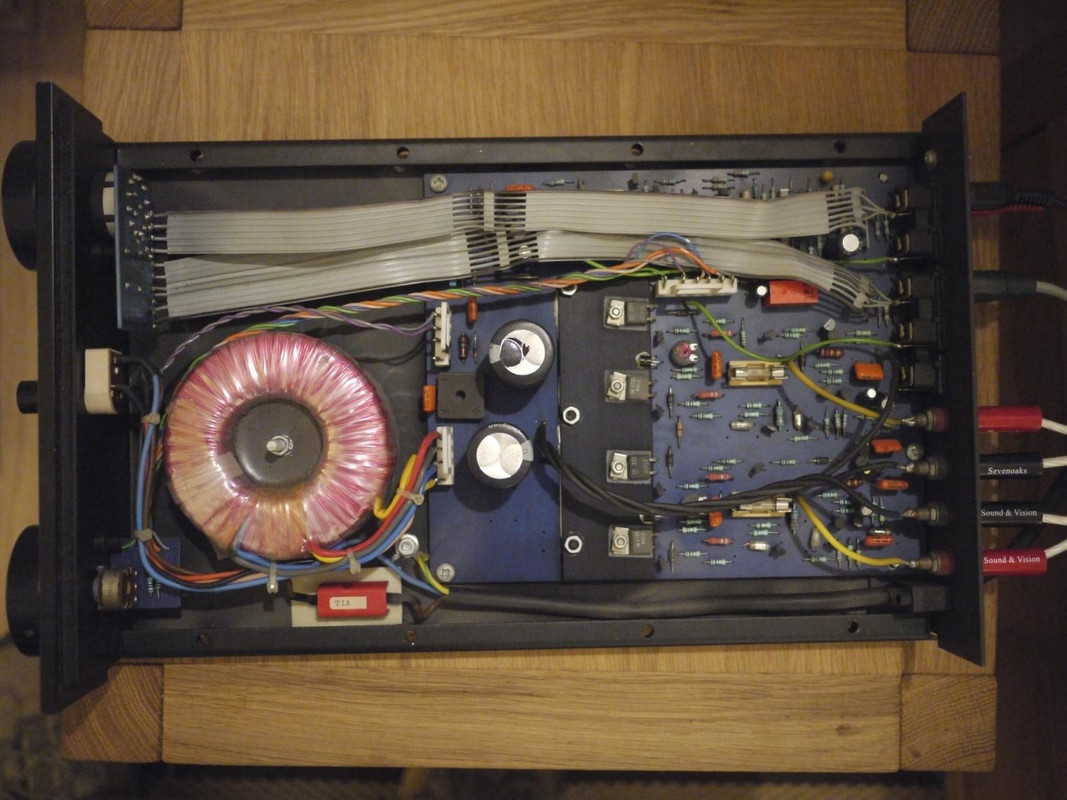misterc6
Wasted and wounded, it ain’t what the moon did
Pending permission from the pfm main bridge, I'd like to put together an FAQ, including photos, that covers shoebox Onix integrated amps on here. Perhaps Tony Brady won't mind allowing a portion of his tony-brady.com recollections to be included, along with the extra details that you posted above?
Excellent idea, the thread title to which the recent posts are appended bears little relation to the new content. It could even belong the Classic room.



